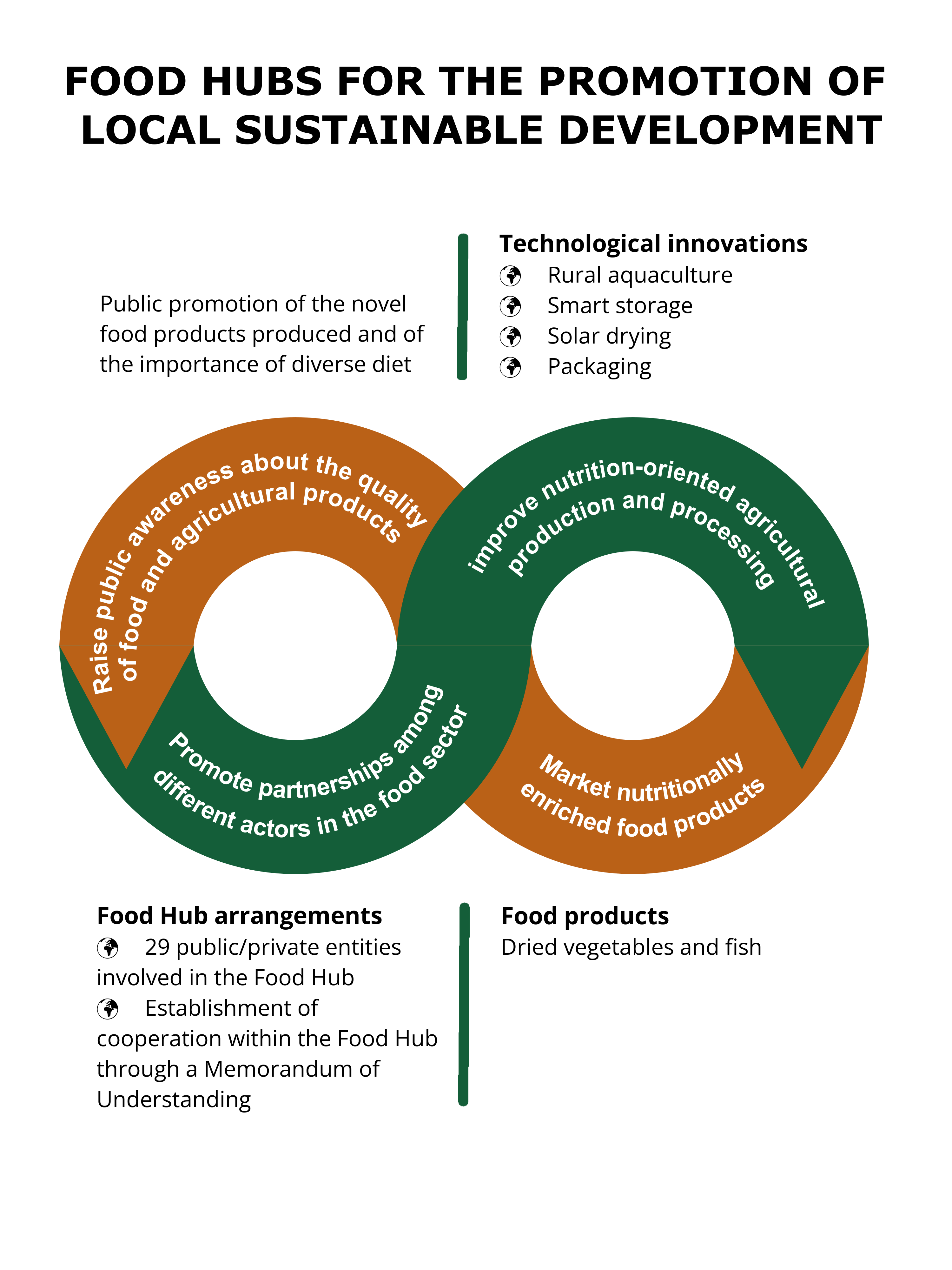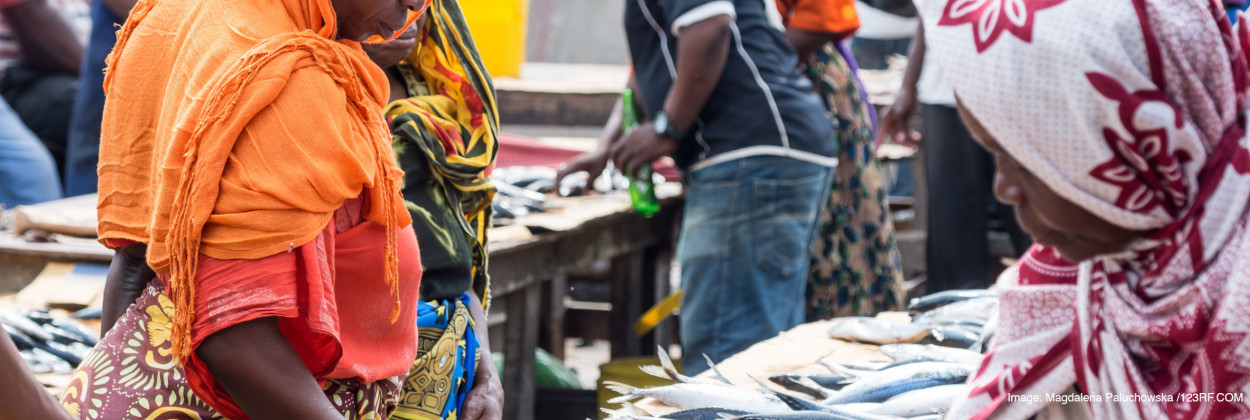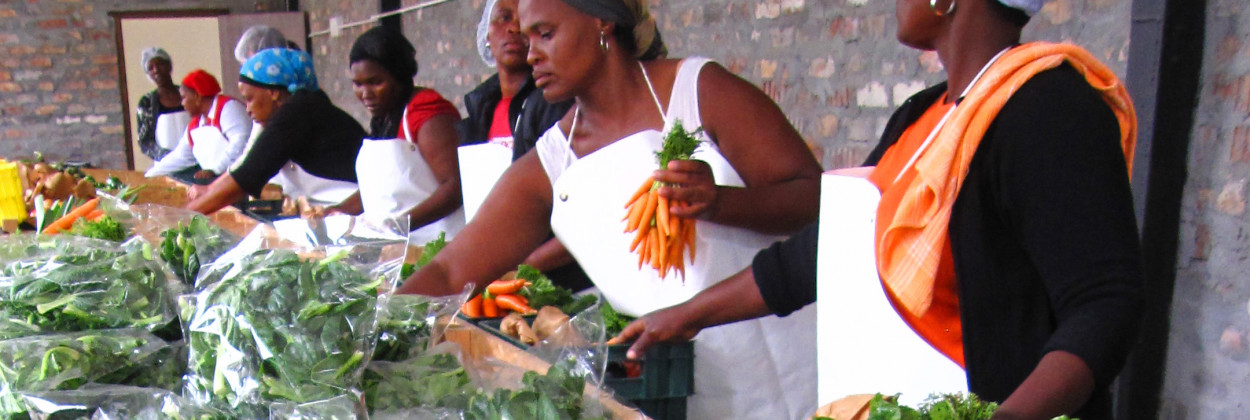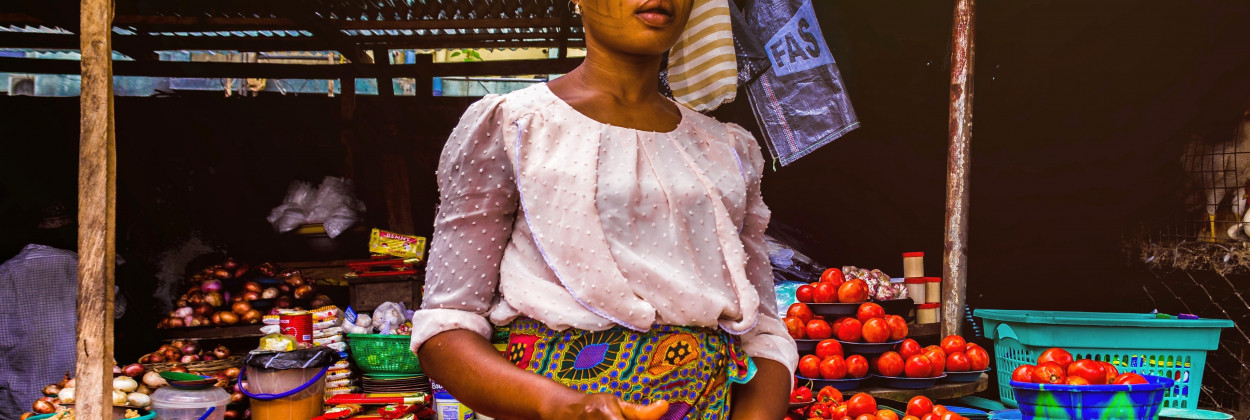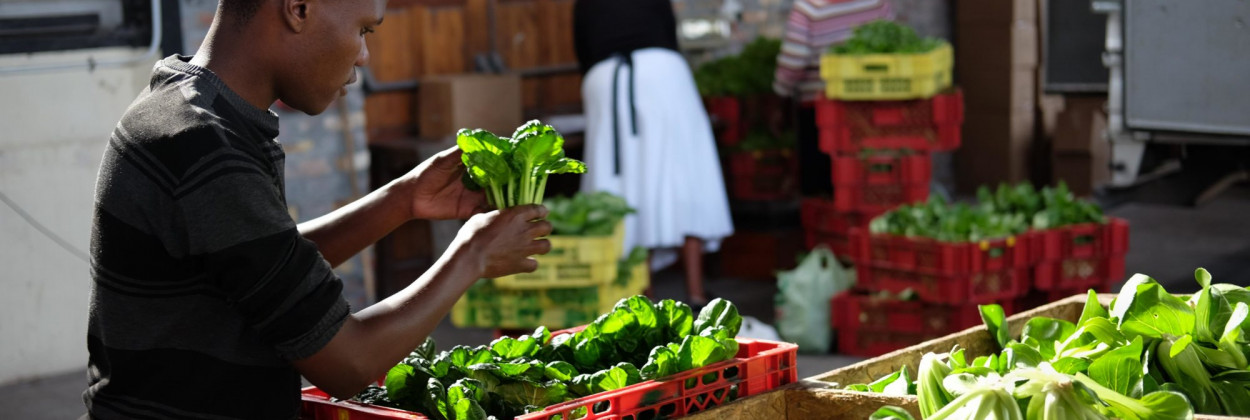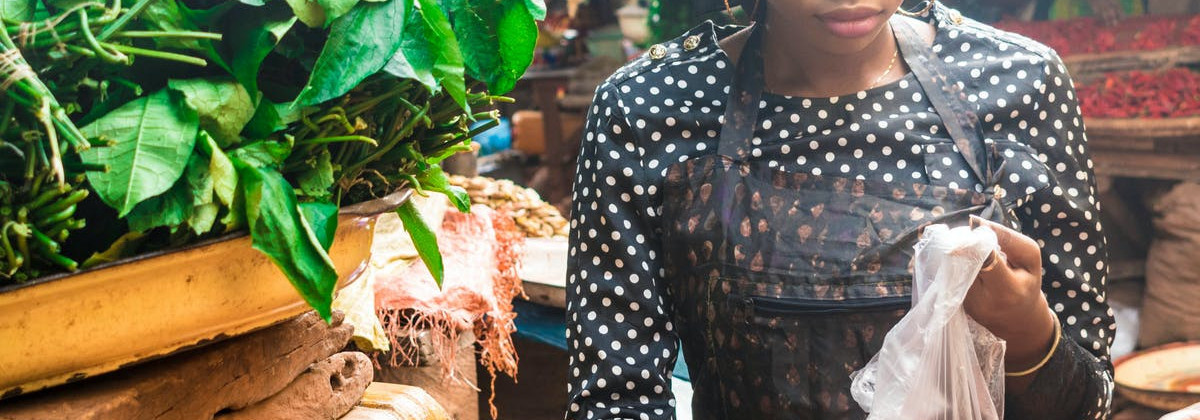This Food Hub is located in the Kilombero district, in the central part of Uganda. In 2012, it registered a population of 407,880 people.
The Kilombero Food Hub will be formed in Ifakara Town Council where most of the fishing activities are taking place. In each district, there are already existing agriculture platforms (postharvest management platforms and others). Such an approach will help in making the food hubs sustainable and avoid duplication of efforts and resources, as the main observation from the discussion was the sustainability of the food hubs. It was mentioned that the previous value chain platforms failed because there were no funds allocated to support the activities of the platform. In Kilombero the multi-stakeholder postharvest management platform will be “revived”.
In Tanzania, the diet is primarily composed of carbohydrate-rich foods with a low intake of micronutrients. Legumes are the second most consumed food group. Macronutrient intake is high as most of the study populations are reported to have met the Recommended Dietary Allowance (RDAs). In general, adults consume more diversified diets than children.
In comparison to other age groups, undernutrition is more prevalent among children under the age of five years.
Overweight and obesity among women and men stand at 17.3% vs. 4% and 16.2% vs. 2% respectively. However, the prevalence of overweight among females and males varies among age groups: prevalence among female adolescents and children aged 5-9 years is higher (16% and 9%, respectively) than among males, whereas overweight among adult males is higher than among females (27%).
In the Tanzanian population, iron deficiency is the leading type of micronutrient deficiency followed by zinc, vitamin A, iodine and calcium. Anaemia was more prevalent among women and the under-fives.
The crops with the most important agricultural production in Tanzania are maize (62,8% of farmers produce it), rice (42.5% of farmers) and bean (29.5%).
Highlights about the work carried out in this Food Hub
Technological innovations in this Food Hub
Integrated aquaculture systems. The objectives are to improve RAS (recirculating aquaculture systems) technologies for peri-urban and urban areas, to reach a cost-effective RAS system for small-scale fish farmers; to develop and promote good quality diets formulated from local and cost-efficient ingredients for use in grow-out and hatchery production of tilapia and catfish, and to further develop the use of green-water RAS in tilapia fingerling culture. Local feed materials that can be used for feed formulation will be identified, collected, and analysed for chemical composition. An efficient and cost-effective RAS will be designed that can be adopted by smallholder farmers. The RAS will consist of a culture unit, solid removal tanks, a pump station, sand bed biofilters and a carbon degassing unit. Water quality parameters (temperature, pH, dissolved oxygen, alkalinity, biochemical oxygen demand and total suspended solids) will be evaluated.
Appropriate Integrated aquaculture systems for rural fish farmers will be developed to increase fish productivity. Integration of chicken, vegetable and fish farming will be promoted in rural areas. Farmers will be trained on site selection, pond construction, vegetable selection, availability, market and preference (management) and fish processing. In addition, training on chicken and vegetable improved management practices will be provided.
Smart storage systems. Two innovative but locally affordable technologies for food storage will be tested in Tanzanian Food Hubs. Storage of fresh vegetables is very important so that they will stay longer with sufficient nutritional value. The two designs include a cool bot with Wi-Fi and an improved zero energy cool chamber and will be equipped with sensors of microclimate preferably for determining the temperature and humidity, and other parameters that can be used to monitor the state of the stored crops. Additionally, an app will be developed so that farmers can monitor the storage condition through their mobile phones. The facilities will be powered by solar energy since most remote areas are in access to grid electricity.
Solar drying and osmotic dehydration. The overall objective is to test new technological solutions and their possible combination to reduce vegetables and fish moisture content to acceptable levels in order to prolong their shelf-life, preserve the quality and prevent spoilage. Three types of indigenous leaf vegetables have been selected for the study, amaranthus, cassava leaves and sweet potato leaves, and two types of fish, tilapia and catfish.
Bio-based packaging. This action is aimed at developing and testing bio-based packages able to preserve the overall quality of food products from different Food Hubs, during storage and transportation. The activities to be done are the following: identification of different raw materials among several agricultural by-products from local regions to be used as material, optimisation of the coating formulation, assessment, characterization of preliminary obtained materials, pre-selection, testing at lab/small scale level of environmentally friendly, affordable, and suitable pack materials. This Food Hub is focused on bio-based packages for dried vegetables and fish.
Highlights about the research with farmers
FoodLAND surveyed a total amount of 423 farmers in this region with the aim of improving the background knowledge of African smallholder farmers’ decision-making and of individual and contextual conditions. 142 out of these 423 farmers surveyed were women, and the other 281 were men. 81.8% of farmers are not members of any local farmers’ associations.
According to the information gathered from the surveys, only 10.2% of farmers’ income is lower than the average income in the region, the income of 26% of farmers is about the average or somewhat higher, and 63.8% of farmers stated an income higher than average. With these incomes, 73.5% of them are able to meet their household’s food needs, 23.4% experience some difficulties, and 3.1% face serious food shortages.
Besides, they have reported major worries regarding the near future about infestation pests (3.69 on a scale from 1 to 5), the cost price increase of fertilizer or seed (3.28), income reduction (3.03), health disease (2.82), and food shortage starvation (2.68).
With regard to their interest and propensity to introduce new technologies and/or productions, 87.4% of farmers are extremely or moderately interested in adopting a technological innovation (4.42 on a scale from 1 to 5).
Highlights about the research with consumers
With the aim of enlarging background knowledge of African consumers’ food preferences and behaviours and of their socioeconomic drivers and measuring the current level of dietary diversity, FoodLAND has assessed food consumption at both individual and household levels that provide a good measure of diet quality and diversity. FoodLAND has conducted surveys both in households and out of stores in Dar es Salaam, which is paired with this Food Hub. 489 people participated in the survey. Below you can find some highlights extracted from these surveys, regarding consumers’ preferences, habits, incentives, and barriers when it comes to choosing food products for their households.
Urban consumers consider on average their household diet as moderately healthy (around 3.6 on a scale of 5). When asked about their propensity to include in their diets a new food product with augmented nutrient content (e.g., naturally improved bean with high levels of proteins and minerals) that could complement their current household diet, consumers report a high level of interest (4.2 on a scale to 5). When looking at the reasons behind the inclusion of new nutrient-dense food, Tanzanian consumers do not consider any particular factor to be very important (all reasons are rated less than 3 on a scale of up to 5). However, the two reasons that consumers rate the most are the interest of being in line with their lifestyle and culture and the possibility of enhancing their social status. The most rated obstacles are potential unfamiliar taste, price, and feeling of lower food safety.
As for the reasons behind usual food purchasing behaviours, respondents in Tanzania rate the most on average product characteristics (taste, aroma, colour, shape), food affordability (price) and availability. The food categories mostly lacking in the consumer’s household diet are on average cereal products, oils and vegetables.
Consumers were also asked about their interest in buying new local food products. They showed a high disposition to buy these local products (around 4.1 on a scale of 5). Among the reasons that make them choose the new local products, the three consumers rated the most were that they could afford it, it could be easily found where they usually buy food and it would be environmentally friendly.
